Preetinder Singh, Academy of Oral Surgery, United States
LANAP - Laser-Assisted New Attachment Procedure, which incorporates free running pulsed Nd:YAG laser, promotes the elusive goal of regeneration of the attachment apparatus facilitating true regeneration. LAPIP - Laser-Assisted Peri-Implantitis Procedure as a modification of LANAP [....] » Read More
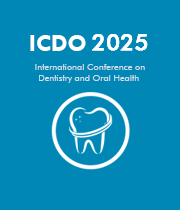

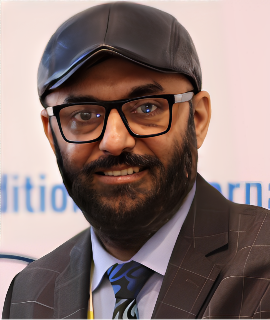
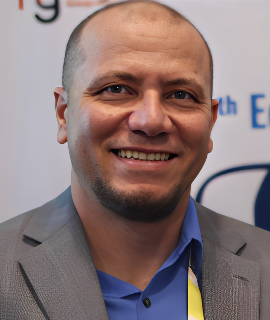
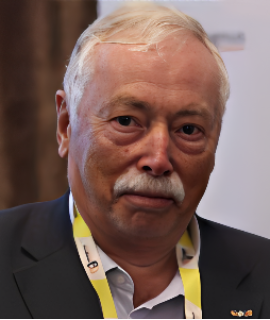


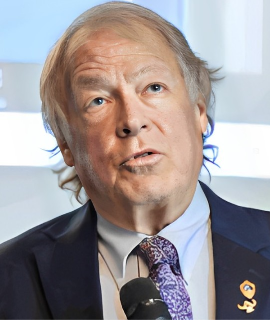



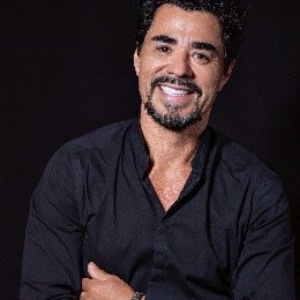

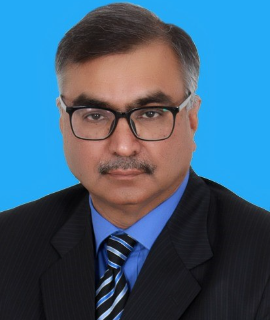
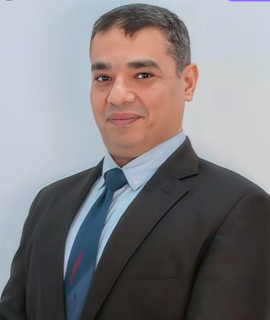

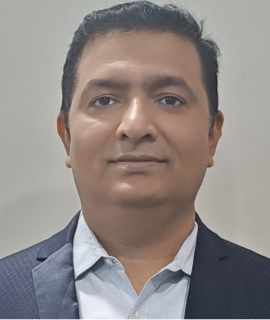

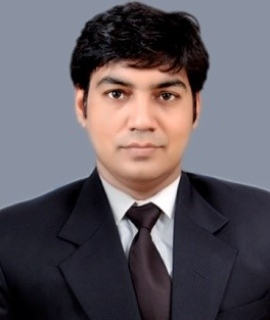
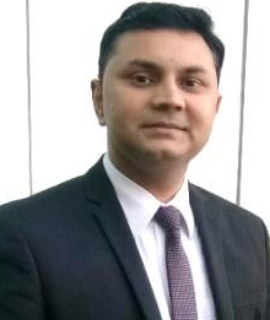
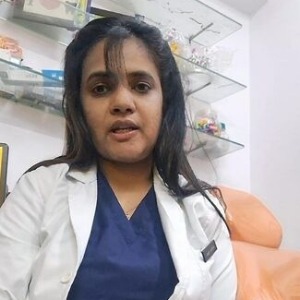
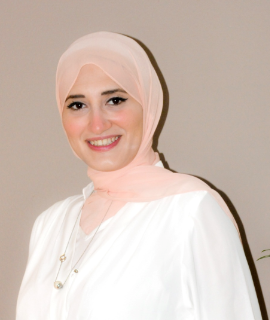


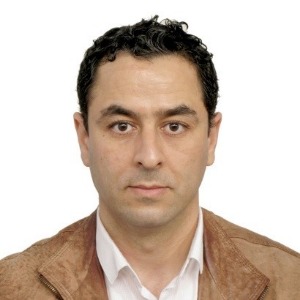
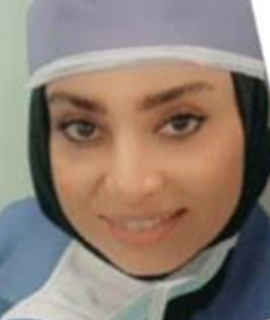



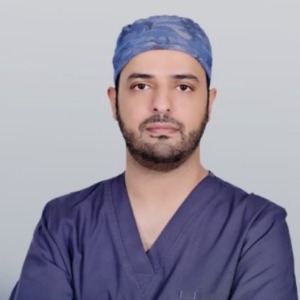


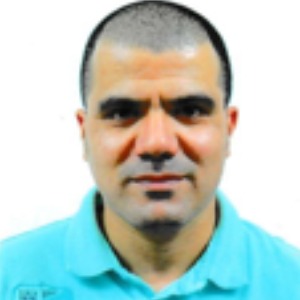

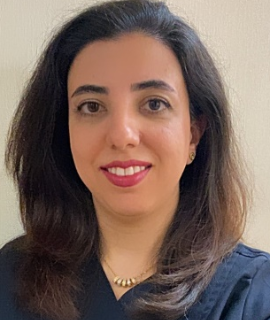


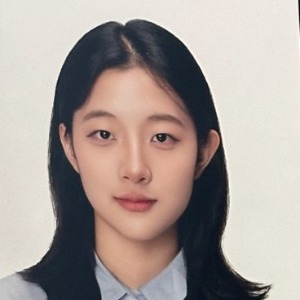
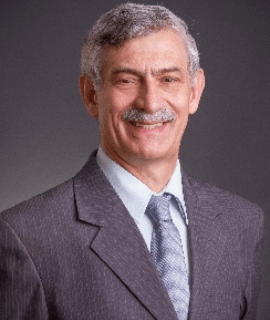

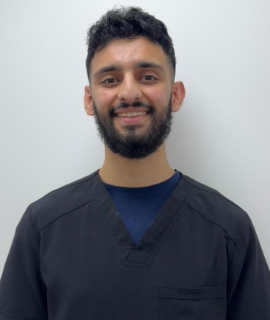





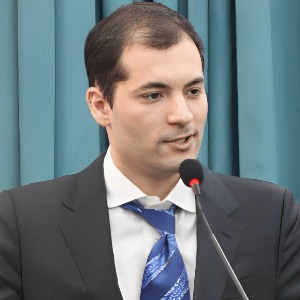





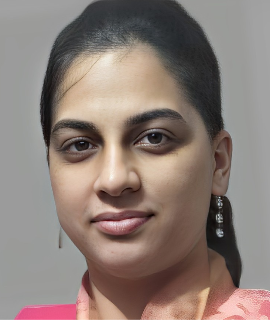
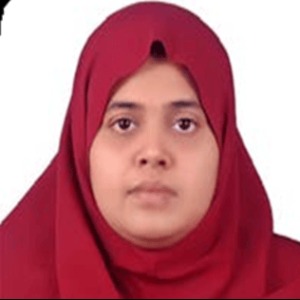







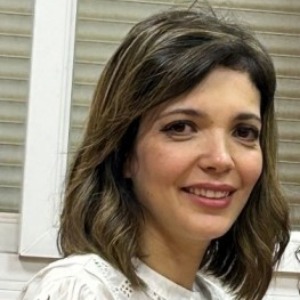

Title : Diagnosis of selected dental conditions with similar pain characteristics: Do we need to redefine our terminology? A personal view
David Geoffrey Gillam, Queen Mary University of London, United Kingdom
The aim of this presentation is to highlight the problems that clinicians may have in diagnosing dental conditions, particularly those conditions with similar pain symptoms. One of the problems confronting the clinician when attempting to diagnose different dental conditions is t [....] » Read More
Title : Temporomandibular dysfunction - The great imposter
Patrick Grossmann, British Society for the Study of Craniomandibular Disorders, United Kingdom
TMD is a subject of enormous significance, all too often misdiagnosed. Controversies surrounding TMD has caused many clinicians to shy away from treating these patients. This presentation, including several clinical cases will cover the following: - signs/symptoms of TMJ disorde [....] » Read More
Title : Oral microbiome in health and disease
Zvi G Loewy, New York Medical College, United States
Will be Updated Soon...
Title : Facial trauma 2025
Steven J Traub, Touro University College of Dental Medicine, United States
What every dentist and medical practitioner should know about facial injury evaluation, treatment, and long-term outcomes related to facial bone fractures, soft tissue injuries, and associated dental-related problems.. Special emphasis will be paid to airway protection, gunshot w [....] » Read More
Title : Periodontitis: A co-morbidity factor in diabetes mellitus. The implications for dentistry
Chris Turner, Spacemark Dental, United Kingdom
In 1999 periodontal disease (PD) was thought to be the sixth complication of diabetes mellitus (DM) because this latter group of patients has a 3 - 4 times greater risk of developing PD when compared with non-diabetics. This rises to 10 times for smokers. More recent research has [....] » Read More
Title : Modern Temporomandibular Joint (TMJ) surgical treatment
Steven J Traub, Touro University College of Dental Medicine, United States
An in depth presentation of the facts that negate many of the myths often propounded regarding TMJ surgery. Attention is focused on proper evaluation and diagnosis, nonsurgical management of Myofascial Pain Dysfunction (MPD) syndrome, and surgical decision making for state of th [....] » Read More
Title : Avoiding and managing complications in implant dentistry
Mohamed Attia, Alexandria Center of Dentistry, United States
Avoiding dental implants complications requires a comprehensive approach that integrates surgical precision with restorative foresight. The key to minimizing complications lies in placing implants with a clear understanding of the final restorative outcome. This involves meticulo [....] » Read More
Title : Preserving missing spaces or creating stabilisation cases? - A cautionary example in the use of VFRs for hypodontia management
Sarah Morgan, Bart's Health Trust, United Kingdom
My case based presentation examines the use of Vacuum Formed Retainers (VFRs) in managing hypodontia, highlighting their benefits and potential risks. VFRs are clear, removable retainers commonly used after orthodontic treatment to maintain alignment and prevent relapse. In hypod [....] » Read More
Title : The use and evolution of 3D printed surgical decompression devices in the management of large apical lesions: A case series
Yogesh Patel, Barts Health NHS Trust, United Kingdom
Aim: To describe the use of a digital workflow in the management of large periapical lesions with the use of 3D printed decompression devices using a case series. Summary: The development of periapical pathology is influenced by a variety of factors such as local microbiol [....] » Read More
Title : The use and evolution of 3D printed surgical decompression devices in the management of large apical lesions: A case series
Asmah Omrani, Barts Health NHS Trust, United Kingdom
Aim: To describe the use of a digital workflow in the management of large periapical lesions with the use of 3D printed decompression devices using a case series. Summary: The development of periapical pathology is influenced by a variety of factors such as local [....] » Read More
Title : A case of gardner’s syndrome involving a multidisciplinary approach
Nafisa Shah, Luton and Dunstable University Hospital, United Kingdom
Background: Gardner’s syndrome; a rare autosomal dominant disorder, is a subset of familial adenomatous polyposis (FAP) associated with both intestinal and extra-intestinal manifestations, including dental anomalies. Mutations in the APC tumour suppressor gene underlie the [....] » Read More
Title : The MFS philosophy: A causal approach to craniofacial growth and development through myofunctional stimulation
Monika Osko, Barcelona Orthodontic World Institute, Spain
This presentation explores the MFS (Myofunctional Stimulation) philosophy as a causal and interdisciplinary approach to craniofacial growth and development. It begins with an introduction to the historical background and global adoption of the MFS approach, emphasizing its holist [....] » Read More
Title : Esthetic and management of congenitally missing anterior teeth
Abu Hussein Muhamad, Aesthetics Dental Clinic, Greece
Congenitally missing anterior teeth alters the patient's physiognomy and diction in a big way. Maxillary incisor agenesis, prominently the lateral incisor is the most common congenitally missing permanent tooth, in the anterior maxillary region, which is the esthetic zone, re [....] » Read More
Title : Facial laser aesthetics in a dental office
Diana Dembicka Maczka, Artistic Smile Studio Dental Office, Poland
The Fotona LightWalker AT-S dental platform utilizes two complementary laser wavelengths: Er:YAG and Nd:YAG. Due to their differing properties, the laser can effectively target both the skin's surface and deeper layers of the epidermis and dermis. The Er:YAG laser emits a wav [....] » Read More
Title : Bacteriophages in the treatment and management of periodontal disease
Lela Tsitaishvili, Caucasus International University, Georgia
Antibiotics have been used for more than 70 years and have reduced illnesses and deaths caused by infectious diseases. However, inconsistent and careless use of antibiotics caused bacterial resistance became a matter of major concern and such concern has renewed the interest in b [....] » Read More
Title : Contemporary orthognathic surgery in the treatment of dentofacial deformities
Rodrigo Alberto Cenci, Unochapeco - Universidade Comunitaria da regiao de Chapeco, Brazil
The number of patients receiving the benefits of orthognathic surgery has grown exponentially. Currently, the indications are not restricted only to occlusal improvement, but also an improvement in facial aesthetics and mainly respiratory improvements. Significant advances in sur [....] » Read More
Title : Hospital dentistry in the ICU: A reality in Brazil
Anna Paula Natividade de Almeida Goncalves, Complexo Americas Hospitals Samaritano Barra e Vitoria, Brazil
The critically ill patient admitted to an Intensive Care Unit (ICU) faces a series of challenges that can significantly impact their health. The severe physiological changes that occur in the body during hospitalization can be exacerbated by the presence of an inflection foci or [....] » Read More
Title : Anterior loop connector fixed partial denture – A case report
Alok Dwivedi, Najran University, Saudi Arabia
In modern times everyone is more esthetic and health conscious than ever before therefore, premature loss of anterior teeth has negative psychological impact on any young individual. Among many complex prosthodontic situations posing difficulty in obtaining optimum esthetics, sat [....] » Read More
Title : Principles & planning of clear aligners: An integration to streamline treatment and increase predictability
Ali Hassan Ahmad Alhayzaee, King Faisal Medical City, Saudi Arabia
No doubt that clear aligner treatment is one of the fastest growing sectors in the dental industry. This highly demanded treatment by patients makes orthodontists to think broadly and deeply in expanding their knowledge and practice of this relatively new technology. When I start [....] » Read More
Title : To assess the Oral Health-Related Quality Of Life (OHRQoL) among children suffering from congestive heart failure and bronchial asthma in Lucknow city
Kavita Dhinsa, Sardar Patel Post Graduate Institute of Dental & Medical Sciences, India
Considering oral health, early childhood caries is the commonest disease among children. It can affect the oral health of a child, which in turn affects the quality of life of Pediatric patients. In recent years, much attention has been focused on children with systemic dise [....] » Read More
Title : Association between asthma and chronic periodontitis - A case–control study in Shimla-Himachal Pradesh
Vinay Kumar Bhardwaj, H.P. Government Dental College and Hospital, India
Introduction: The colonization of respiratory pathogens appears to be a risk factor for lung infection in high-risk individuals. Evidences dictate a bidirectional relationship between periodontitis and asthma. Aim: The aim of this study is to explore this potential association b [....] » Read More
Title : Synergistic effect of platelet rich plasma with hyaluronic acid injection following arthrocentesis to reduce pain and improve function in TMJ osteoarthritis
Ayman Hegab, AL-Azhar Univeristy, Egypt
Aim of investigation: This study aimed to deter mine whether injection of PRP+HA following arthrocentesis reduces pain and improves maximum incisal opening. Methods: This was a single-blind, prospective, randomized control study. The patients were selected based on the Hegab cla [....] » Read More
Title : Effects of two remineralizing agents in combination with Er:YAG and CO2 laser irradiation on microhardness of demineralized enamel: A preliminary in vitro study
Mina Moalem Nia, Department of Restorative Dentistry, Iran (Islamic Republic of)
Objectives: This study assessed the effects of two remineralizing agents namely MI Paste Plus containing casein phosphopeptide amorphous calcium phosphate fluoride (CPP-ACFP) and Remin Pro containing hydroxyapatite, fluoride and xylitol (HFX) with/without erbium-doped yttrium alu [....] » Read More
Title : Tissue engineering in endodontics: A first step towards a new era
Fellahi Samir, University Alger, Algeria
Tissue engineering is an interdisciplinary science that involves the use of biological sciences and engineering to develop tissues that restore, maintain, or enhance tissue function of a tissue or an organ. Initially developed in medicine in the 1980s for skin reconstructions, ti [....] » Read More
Title : Delay eruption of maxillary permanent incisors, diagnosis and management. Case reports
Dunia Ahmed Aldulaimy, Dentistry College of Mustansiryah University, Iraq
Eruption of permanent incisors start as soon as exfoliation of primary predecessors take place. Normally toothless time varies from 2 weeks to 10 weeks. By the 6 years of age , mandibular and maxillary permanent incisors start to erupt at a known sequence in the next 1.5 – [....] » Read More
Title : Addressing barriers and disparities in preventative oral health care: Insights into dentist-patient dynamics in the UK
Munisha Mangal, Haleon, United Kingdom
Preventative oral health care (POHC) is integral to overall well-being, yet challenges persist in aligning oral health professionals (OHPs) with patient compliance. This study aims to identify and address barriers stalling effective preventative measures implementation by examini [....] » Read More
Title : Passive fit of prefabricated versus conventionally constructed cobalt chromium CAD\CAM 3- unit implant supported frameworks: An invitro study
Mohamed El Sayed Kamel, Cairo Univeristy, Egypt
Aim: To evaluate the passive fit of CAD/CAM 3-unit implant supported frameworks that are constructed before and after implant placement in Kennedy Class I models. Methodology: A sample of 5 Kennedy class I models, 2 with thin ridges and 3 with normal ridges, were restored [....] » Read More
Title : The endodontic management of a dilated odontoma: A case report
Yogesh Patel, Barts Health NHS Trust, United Kingdom
Aim: To outline the endodontic management of a dilated odontoma with an orthograde and retrograde approach, utilising CBCT imaging and 3D-printed models to aid in the treatment planning process. Summary: This case describes the management of a 15-year-old female patient that was [....] » Read More
Title : The endodontic management of a dilated odontoma: A case report
Asmah Omrani, Barts Health NHS Trust, United Kingdom
Aim: To outline the endodontic management of a dilated odontoma with an orthograde and retrograde approach, utilising CBCT imaging and 3D-printed models to aid in the treatment planning process. Summary: This case describes the management of a 15-year-old female patie [....] » Read More
Title : Low expression of selenoprotein S may prevents excessive ossification of BMSCs through negative feedback between Sp7 and Hsp47
Hao Wu, Xi'an Jiaotong University, China
Selenoprotein S (SelS), a key component of the endoplasmic reticulum stress response, has been implicated in metabolic regulation, yet its role in osteogenesis remains poorly understood. This study aimed to elucidate the regulatory mechanisms by which low SelS expression modulate [....] » Read More
Title : Pulpotomy in mature teeth with symptomatic irreversible pulpitis
Fellahi Samir, University Alger, Algeria
Pulpotomy, traditionally reserved for immature teeth, is emerging as a viable treatment for irreversible pulpitis in mature permanent teeth. This shift challenges the conventional belief that irreversible pulpitis mandates root canal treatment (RCT). Recent studies (Taha & Ab [....] » Read More
Title : Sustainability awareness and practices in dental laboratories of Saudi Arabia
Rayan, King Khalid University, Saudi Arabia
Background: The dental sector’s significant environmental footprint has prompted a global call for sustainable practices in oral healthcare. Dental laboratories, in particular, generate considerable waste and carbon emissions due to single-use materials, chemical usage, and [....] » Read More
Title : Effect of phosphate-bonded investment on surface-roughness and wettability of ceramics
Omar Alsadon, King Saud University, Saudi Arabia
Background: Dental investment materials, classified as gypsum-bonded, phosphate-bonded, and ethyl silicate-bonded, are essential in fabricating dental prostheses, including removable partial dentures and fixed restorations. Phosphate-bonded investments, widely used for ceramic-al [....] » Read More
Title : Influence of aging on the marginal and internal fit of milled and 3d printed interim crowns
Majed Alsarani, College of Applied Medical Sciences,King Saud University, Saudi Arabia
Background: In the realm of prosthetic dentistry, temporary dental crowns are used following abutment tooth preparation. They engage in multiple tasks, which comprises of protecting the pulpal tissue of the tooth, preventing microbial invasion and dentinal hypersensitivity, along [....] » Read More
Title : Impact of virtual supervised tooth brushing on caries experience and quality of life among primary school children: A randomized controlled trial
Haya Alayadi, King Saud University, Saudi Arabia
Background: Dental caries is one of the most common diseases affecting children world widely as well as in the Kingdom of Saudi Arabia. Supervised tooth brushing programs are implemented throughout the world to provide young children’s developing teeth with additional [....] » Read More